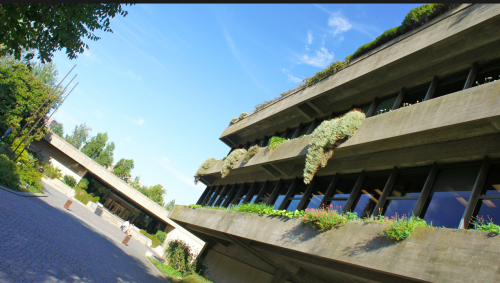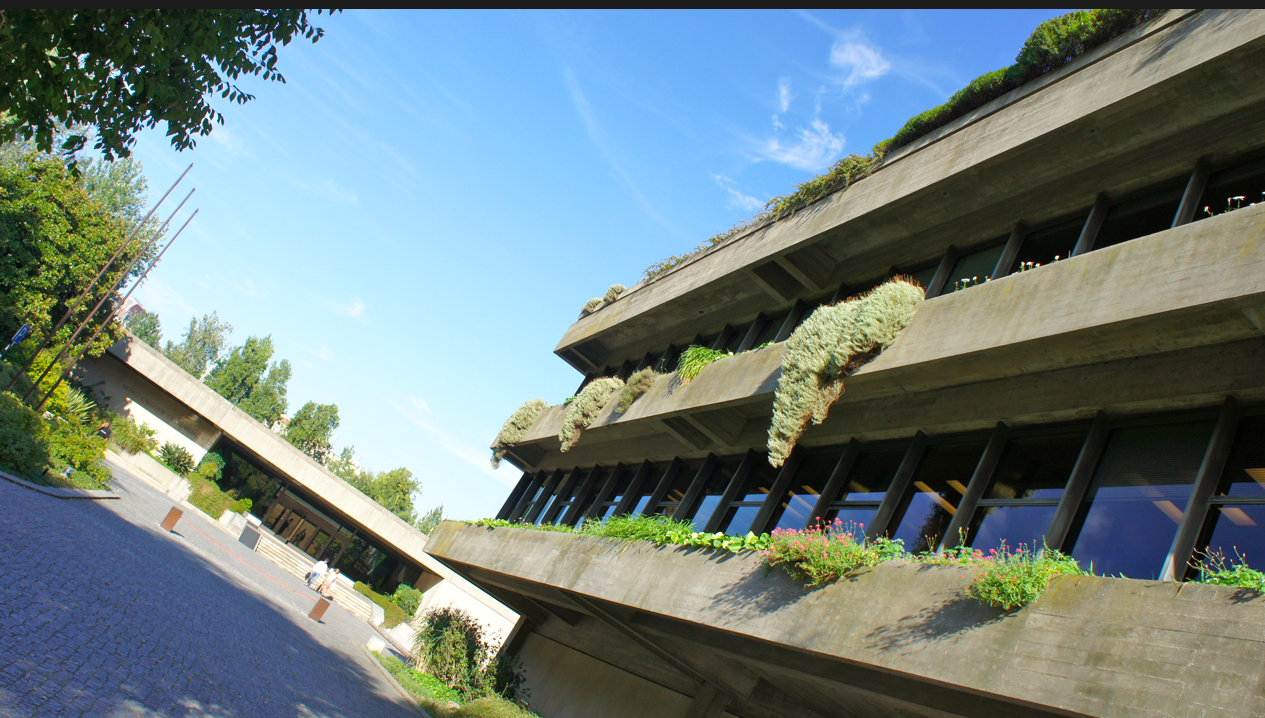
These days I’m visiting the Fundação Calouste Gulbenkian in Lisbon for the Interact conference. In addition to listening to interesting talks, partaking in discussions about designing for the city and the intersections of participatory design and critical design, and of course enjoying the local cuisine, I’m here to give a talk based on the paper Understanding the Dynamics of Engaging Interactions in Public Spaces, co-authored with Christian Dindler and Kim Halskov. You can download a preliminary version of the paper [.pdf] and/or enjoy the slides below.
In the paper, we look at some of the interactive installations we have developed for public spaces, ranging from a tangible tabletop installation for product presentation in a department store (the Lego Table) over a room-sized assembly of installations for an aquarium (the Hydroscopes [.pdf]) to a large-scale media façade installation (Aarhus by Light). In each case, we have explored particular façets of engagement, but when we compare the three cases it seems clear that we cannot adequately understand and explain what is going on if we focus on the system that we design and the immediate relations between user(s) and that system. In short, we need to adopt a more systemic perspective. On this basis, we propose that such perspective has to encompass physical, social, cultural and content-oriented dimensions of engagement. In the paper, we analyse specific situations of how the installations were used in practice by utilising the four aspects. What becomes very clear when we take these different aspects into use in our analyses is that engagement is very dynamic phenomenon. There are numerous transitions and shifts in how intensely people are engaged and which of the four aspects play a role at different points in time. In the paper, we use three concepts to describe these developments, namely emergence, relations and transformations. In combination, the dimensions of engagement and the terms to describe how they unfold in practice offer a first take on a framework for understanding the dynamics of engaging interactions in public spaces.
